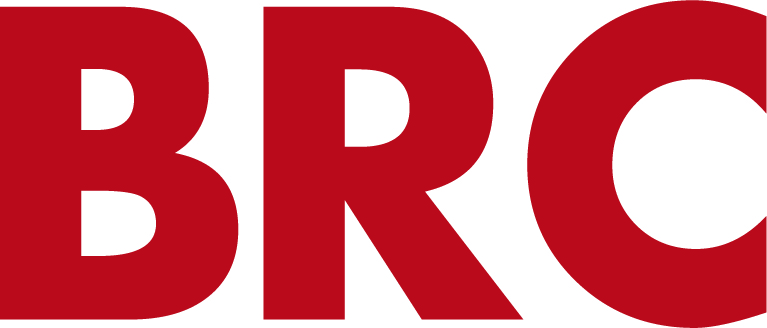Better Imaging = Better Science: Optimizing Preclinical Imaging Workflows with Online Tools
/Author: Gabrielle Flora, Associate Director, BRC
Click for Information and Recordings
Tim Kulbago
Online tools are revolutionizing analysis of preclinical imaging by taking the job of analyzing the photo away from the lab. An automated system for image analysis has been developed for laboratory use globally. Tim Kulbago, CEO of ImageIQ, recently showcased this technology during a webinar on September 10th hosted by the BioPharma Research Council. The webinar focused on an example of this image analysis system’s use in a modern lab.
“One of the things we’re discovering about the challenges of preclinical imaging is bias,” said Kulbago. By utilizing automated image analysis through online tools, labs are able to remove bias to enable better science. “We built this pipeline for data image analysis that allows you to get it done once and get it done right,” said Kulbago. The high-throughput processing of images takes the weight of manual image analysis off of the experts, reducing the need for manpower and providing a seamless report on images. “There are technology enablers that you need to keep your eye on and know that will help you,” said Kulbago. Automated image analysis through online tools is certainly one such technology.
Dr. James Denegre
Currently, The Jackson Laboratory is using this technology as part of their Knockout Mouse Project. Dr. James Denegre, Program Manager of the Embryonic Lethal Knockout Mouse Project at The Jackson Laboratory presented his research during this webinar. “You name it, Jim’s got quite a lot of experience on it,” said Kulbago of him. Dr. Denegre carefully explained the imaging process, its uses, and its effects on his lab’s research.
“I’m involved in a large collaborative effort to make a knockout mouse model for every single gene,” said Dr. Denegre. Simply put, using the same strain for standardization, he and his lab break the gene, create animals with that specific broken gene, determine what is wrong with the animal, and finally, they phenotype it. It is the first project of its kind and represents an international effort with 18 international centers and 3 U.S. centers. The project is funded by the NIH. Dr. Denegre playfully refers to it as the Christopher Columbus of preclinical image optimization.
Several months and hundreds of animals must be analyzed before results can be seen. The resulting several hundreds of hours of work in the lab make the process quite the mammoth undertaking. Streamlined, automated imaging is therefore integral to the completion of the project. Bringing an international consortium of people together to solve a specific problem is important to this endeavor, with preclinical imaging optimization helping to lighten the load of these important scientists.
The data collected is public and available online at www.mousephenotype.org. Search methods are by gene, phenotype, and even by protocol. Data is refreshed often.












